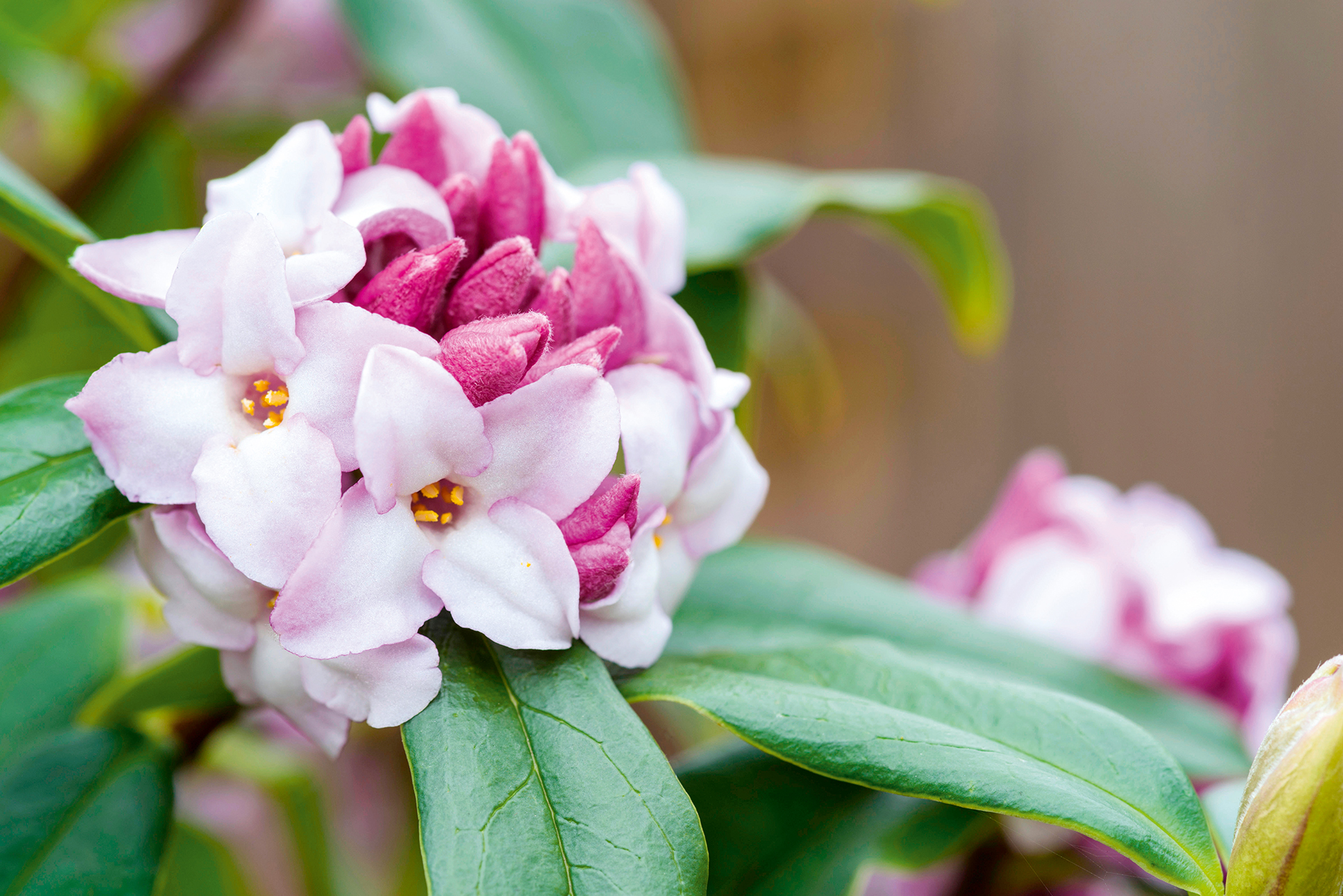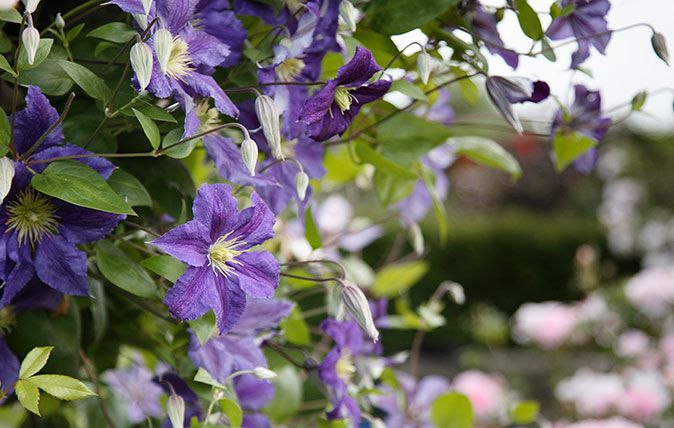How to grow spectacular winter flowers that will make your garden smell wonderful until Spring
It's possible to plant flowers that offer beautiful sights and smells throughout winter. Steven Desmond suggests some of the best.

Scent is a personal thing. When I was a student, we were called upon to identify ornamental conifers in January, knowing that one clue is the scent derived from rubbing the leaves between finger and thumb. We all knew that some were aromatic, but could not agree of what they smelt: there was orange, grapefruit, turpentine, yet no common ground as to which scent emanated from which tree. Each to their own.
For me, scent in the garden assumes a special significance in the winter. This is partly because there are fewer distractions at this time of year and partly because fragrance drifting on the air is a surprise in the short, cold days when the air is by no means full of pollinating insects. It is a thing of mystery: we all know there must be a reason for it all, but long may there be things we can’t quite fathom in the natural world.
It makes sense to plant winter-scented shrubs near paths and entrances to get the maximum benefit from them. If a plant is all the way over there, you won’t go and sniff it. If the entrance happens to be south or west facing, so much the better, but it need not be so. One of my lasting favourites is the winter honeysuckle Lonicera x purpusii ‘Winter Beauty’. My front door faces north, but this plant resolutely puffs out its lovely aroma in the shortest days from its unshowy white flowers that cover the shoots.

It is not a particularly handsome shrub and its habit is vaguely ungainly, but framing it below the knees in neat evergreens will smarten things up. The flowers are the thing and they are, gratifyingly, at nose height. Don’t be without it. Snowdrops underneath, of course, and primroses to follow.
One of those modest evergreens gathered around the honeysuckle’s shins is the Christmas box; not the thing you give the postman, nor, indeed, a box at all. This is Sarcococca (always a mouthful) confusa, a shiny, pointy-leaved thing a foot or so tall that brings each winter the agreeable surprise of tiny white flowers bearing a delicate white scent, which appears to please everyone. Planted in rows, it makes a worthy path-edging and is quite happy in shade.
A stalwart of the winter-scented shrub world is the tall, upright Viburnum x bodnantense ‘Dawn’. This used to be ubiquitous in shrub borders, but such things are out of fashion now. Ignore such foolishness and admire this excellent, reliable shrub, the tiny pinkish-white flowers of which, each pleasingly shaped, cover the upper shoots and have the charming habit of coming and going throughout winter and into spring.
One of its parents is Viburnum farreri, similar, but somewhat less hearty and equally welcome. It is named after Reginald Farrer, captain of the awkward squad in his short life, during which he bequeathed us some of the most wonderful plant descriptions I have ever read.
Exquisite houses, the beauty of Nature, and how to get the most from your life, straight to your inbox.

Then we come to the genus Hamamelis, the witch hazels. Some of these come from the US, but the best for our purposes come from China and Japan and the hybridisers continue to produce lovely novelties from this rich genetic pool. The best way to choose a particular Hamamelis is to visit a garden open to the public — there are so many in winter these days — and walk through the woodland garden until your nose leads you, like the Bisto Kids, to a witch hazel to your liking. It does get personal, because some I find have the most memorable fragrance hanging in the air from those funny, twisted-paper flowers, but others make me think of carbolic soap, which we called, among other things, the Odour of Sanctity at school. As I said, each to their own.
It was the postman who persuaded me that I must plant Daphne bholua ‘Jacqueline Postill’ (pictured top) in my garden, when he regaled me with tales of its thrilling scent and wanted to know what it was. I did not take much persuading, but those who know the genus Daphne also know that it is elusively temperamental and mine is the second in that bed.
This one, however, is now a tall, rather upright, gleaming evergreen and I know that the buds are nicely formed, waiting to stop that postman in his tracks sometime in the second half of January. Anticipation is one of the inward pleasures of garden-making and I look forward to that doorstep moment when I hear his marching stop on the gravel. Scent has that effect on some of us.
Steven Desmond’s book 'Gardens of the Italian Lakes' is published by Frances Lincoln (£35).

How to grow plants that you really shouldn't be able to grow in England
Take a chance on surprising survivors advises Steven Desmond.

Medwyn Williams, king of giant vegetables: 'A living monument... the greatest of our show growers, a king of long carrots and immaculate cauliflowers'
Steven Desmond meets Medwyn Williams, the man who knows more than anyone about growing and showing giant vegetables.

How to choose the perfect Clematis – and how to help it flourish
Steven Desmond gives his tips on how to look after clematis, the beautiful climbing plant whose flowers explode in spring.